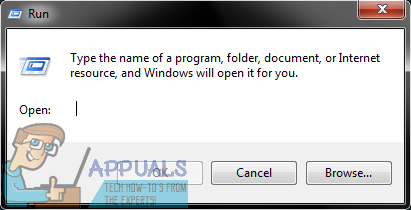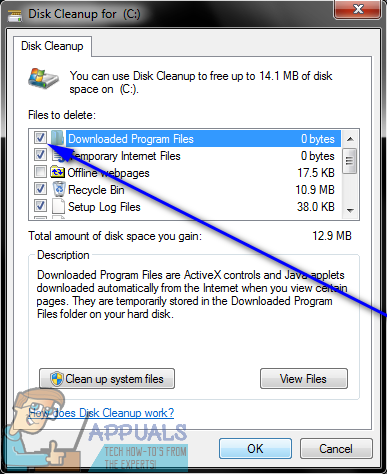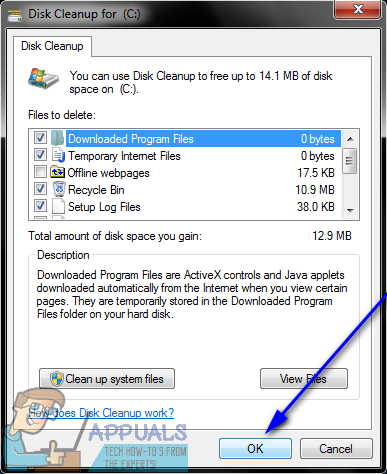How to Remove Junk Files on a Windows Computer
As you use your computer, junk files (from files left over after system updates and files lying in your Recycle Bin to files in your internet browser’s cache and everything in between) start accumulating in different areas of its hard disk drive. A few kilobytes worth of junk files could never be a bother – but over time, as more and more junk files are added to the pile of trash, these few kilobytes experience what is known as ‘the snowball effect’ and eventually turn into a mountain of junk files that weigh multiple gigabytes and take up a significant amount of storage space.
Not only do junk files that have built up on a computer over a significant amount of time take up just as significant an amount of storage space, they can also lead to the affected computer running slower than it would be without them. Why that’s so is simple – almost all the junk files a Windows computer collects, it collects on the same partition of its hard drive that Windows is installed on, and the less free space there is on this partition, the slower Windows will be. That being the case, regularly cleaning out junk files from your computer is extremely important – doing so will most certainly result in your computer running noticeably faster.
As stated before, however, these junk files that your computer collects over time aren’t in any one place – they’re scattered all across the entirety of your computer. Since that is so, you can’t just get rid of all the junk files on your computer in one fell swoop – you’re going to have to attempt the cleanup in phases, and only at the end of the entire cleanup will your computer be free of all the junk files it has accumulated. Without further ado, here’s how to remove junk files from a Windows computer:
Phase 1: Running Disk Cleanup
Microsoft was fully aware of the fact that the Windows Operating System builds up a lot of unneeded junk over time, which is why it built the Disk Cleanup utility into Windows. The Disk Cleanup utility is a stock utility present on all versions of Windows that can be used to scan a partition of a Windows computer’s hard drive for junk files and then clear out any junk files that are found. To run Disk Cleanup, you need to:
- Press the Windows Logo key + R to open a Run dialog, type cleanmgr into the Run dialog and press Enter to launch the Disk Cleanup utility. In the dialog box that appears, select the partition of your computer’s hard drive that Windows is installed on in the dropdown menu and click on OK. Alternatively, the same result can be achieved by going into Computer, right-clicking on the partition of your computer’s hard drive that Windows is installed on, clicking on Properties and clicking on Disk Cleanup next to the Capacity pie chart.



- Wait for the Disk Cleanup utility to scan the drive for junk files. Once it is done doing so, the utility will present you with a list of all the junk files it found on the drive.
- Check the checkboxes located directly next to each of the type of junk files you are absolutely sure your computer doesn’t need so that they get deleted.

- Click on OK.

- Click on Delete files in the resulting dialog box.

- Wait for the Disk Cleanup utility to delete the select junk files.
Phase 2: Using Disk Cleanup to get rid of unnecessary system files
Over time, Windows also gathers a ton of unnecessary system files that simply weigh the system down – these include debug reports and files left behind by update packages and Windows Update Cleanup, among a number of other things. The Disk Cleanup utility can also be used to get rid of these unneeded system files. To use the Disk Cleanup utility and get rid of unnecessary system files, simply:
- Repeat steps 1 and 2 from Phase 1.
- When you see the list of junk files found by the Disk Cleanup utility, click on Clean up system files. This will get the Disk Cleanup utility to run another search on the drive, this time also looking for system files that qualify as junk.

- The next list the Disk Cleanup utility displays will also include all of the unneeded system files it found on the drive it scanned. Once that happens, check the checkboxes beside every single type of junk files that you know are of no use to your computer.

- Click on OK.

- Click on Delete files in the resulting dialog box.

- Wait for the Disk Cleanup utility to delete the select junk files and unneeded system files.
Phase 3: Deleting junk files from and clearing the cache of your internet browsers
While this may come as a shock, the internet browsers you use are some of the largest contributors to the gigabytes large mountain of junk files that your computer has built over time. Your internet browser saves a small copy of every single webpage you visit to its cache, and also stores thumbnails of all the images it displays to you, among a number of other files that take up space and which you do not necessarily need. That being the case, if you’re looking to rid your Windows computer of junk files, these will also have to go – although you should know that clearing your internet browser’s cache will result in webpages loading a bit slower for a while since the browser won’t have any cached copies of webpages to load. To delete junk files from and clear the cache of your internet browser, you need to:
- Open the internet browser you want to delete junk files from and clear the cache of.
- Press Ctrl + Shift + Delete. This is basically a universal keyboard shortcut for all internet browsers that opens up a menu that can be used to delete junk files and clear the browser’s cache.
- Check the checkboxes for all of the items you want to delete and click on OK/Delete/Clear data or whatever applies in the case of your internet browser.
